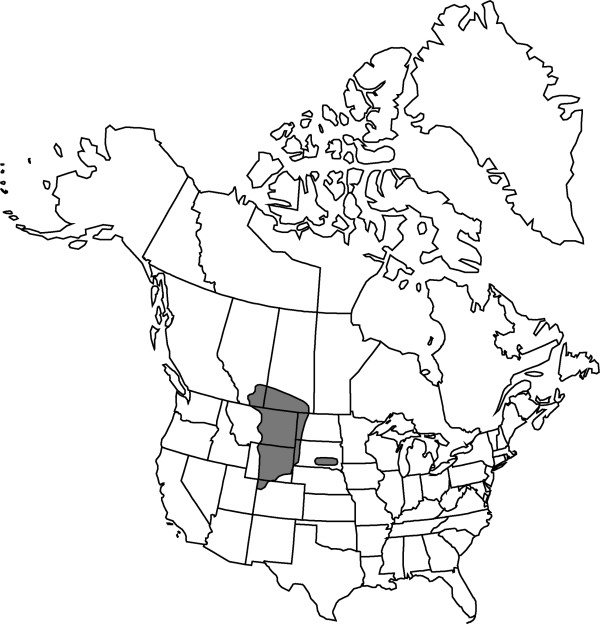Atriplex suckleyi
Mem. New York Bot. Gard. 1: 134. 1900.
Herbs, spreading, branching from base, (0.3–) 0.5–3 (–4) dm and as broad. Stems terete, often tinged with red, sparsely mealy or glabrous. Leaves numerous, alternate, sessile; blade lanceolate to elliptic or less commonly ovate, 7–35 × (2–) 4–10 (–11) mm, thick and succulent, base acute, margin entire, apex acute or acuminate, glaucous, sparsely farinose when young. Staminate flowers in small glomerules, these in distal axils or in short, dense or interrupted, mostly simple, terminal spikes, perianth cupshaped, frequently pinkish, lobes each with fleshy crest. Pistillate flowers solitary or few in leaf-axils, calyx within bracteoles of 3 or 4, entire or lobed, distinct, obtuse, hyaline sepals. Fruiting bracteoles small and difficult to find, sessile, ovate, 2 × 1.5 mm, membranous, united to apex, without appendages, scurfy, each pistil subtended by a perianth. Seeds brown, 1.5 × 1.2 mm.
Phenology: Flowering late summer–fall.
Habitat: Alkaline or saline, typically fine-textured substrates, often on shale or clay barrens, sometimes with other Atriplex spp., sagebrush, and grasses
Elevation: (400-)1200-2200 m
Distribution

Alta., Sask., Colo., Mont., N.Dak., S.Dak., Wyo.
Discussion
At specific rank, the epithet suckleyi clearly has priority. Stutz et al. (1993) resurrected Endolepis Torrey and placed within it two completely disparate species, E. dioica and E. covillei Standley [Atriplex covillei (Standley) J. F. Macbride]. The interpretation of the genus by Stutz et al. stands on the presence of perianth segments subtending the ovary within the fruiting bracteoles, lack of Kranz leaf anatomy, and other more equivocal characteristics. The shared features hardly indicate near affinity, however. The two taxa are otherwise grossly dissimilar. Fundamentally, the genus Endolepis as resurrected by H. C. Stutz et al. stands on the basis of a single character: the presence of perianth segments. Kranz anatomy rises and falls, both within subg. Atriplex and subg. Obione. Thus, coincidence of the non-Kranz criterion is subject to interpretation. Perianth segments subtending the ovary within the enclosing bracteoles, per se, appear to be of independent origin. And, the peculiar nature of the staminate calyx in A. suckleyi (a major determining condition in establishment of the genus Endolepis by Torrey) is not present in A. covillei. Certainly the two species included within Endolepis appear to be as closely allied to other species of Atriplex as they are to each other.
Selected References
None.
Lower Taxa
No values specified."dm" is not declared as a valid unit of measurement for this property.